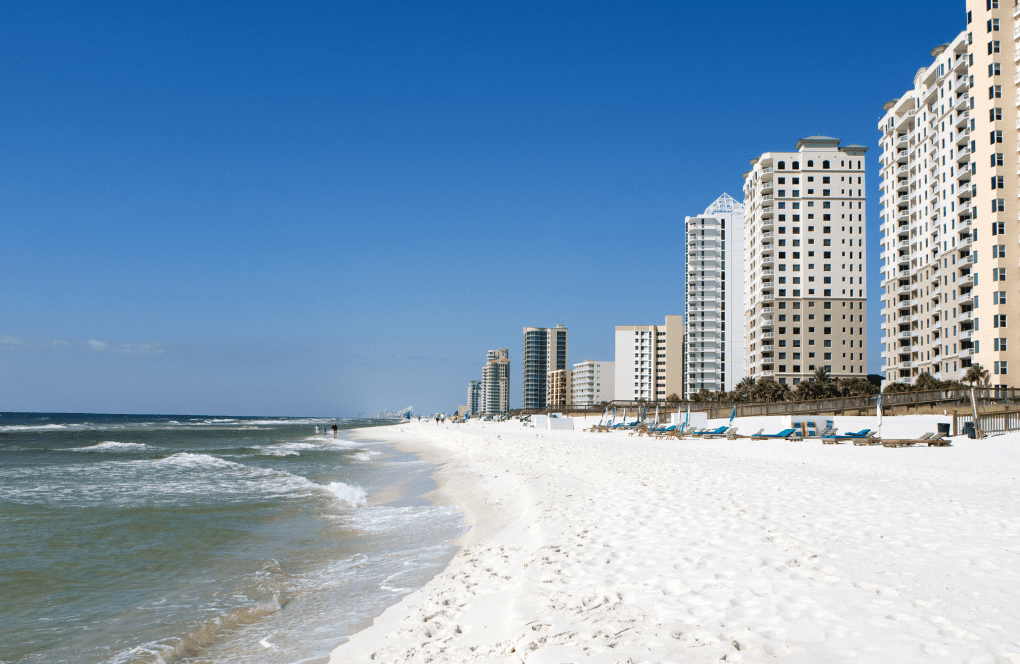
Strategies for Building High-Rise Condos in Hurricane-Prone Areas
Building high-rise condominiums in hurricane-prone areas like Miami comes with serious responsibilities. With increasingly frequent and intense storms, like Hurricane Ian in 2022, developers must design structures that can withstand strong winds, flooding, and flying debris. If you’re preparing to break ground in a region vulnerable to hurricanes, resilience must be built into every stage—from material selection, installation of hurricane-proof sliding glass doors, to elevation planning. Below are five key strategies to help guide the construction of safer, stronger high-rise condos.
1. Choose Concrete Block
According to the Insurance Institute for Business & Home Safety (IBHS), buildings with weak or improperly designed structural systems are significantly more likely to suffer partial or total collapse during Category 3 or higher hurricanes. Wind can infiltrate weak points, lift roofs, or shear walls from their foundation, especially in stick-frame structures not designed for high-wind zones. This is why, when deciding on the building’s structural system, concrete block construction offers far greater wind resistance than traditional stick framing. Though stick-frame construction may be permitted in some areas, concrete block consistently outperforms it in both structural integrity and storm durability.
Especially in Florida, using concrete block is a smart long-term decision, not just for safety, but also from a financial standpoint. It minimizes potential storm damage and lowers operating costs over time, making it a practical and resilient building choice.
2. Prioritize Proper Elevation
Flooding is a major threat during hurricanes, and elevation is key to mitigating water damage. Choose sites that are outside designated flood zones whenever possible. Review the base flood elevation (BFE) provided by FEMA and local jurisdictions, and take note of any freeboard requirements—additional height (usually one foot or more) above the BFE. This information will help determine the minimum height for the finished floor of habitable spaces. Elevating above these thresholds can prevent water intrusion and reduce flood-related repairs.
3. Install Impact Resistant Systems
One of the most critical protections: impact-resistant windows and doors. These products are designed to withstand hurricane-force winds and debris. In areas like coastal Florida, they are required by the Florida Building Code for any structure within one mile of the shoreline, where wind speeds can exceed 130 mph. Beyond meeting code, hurricane-proof sliding glass doors and windows improve safety, prevent water intrusion, and can reduce long-term repair and insurance costs. Working with a trusted, code-compliant manufacturer ensures your window and door systems are properly installed and performance-tested.
4. Plan Landscaping Wisely
Landscaping might not seem like a priority during construction planning, but it plays a vital role in storm resilience. According to FEMA, falling trees and limbs account for up to 25% of property damage costs during hurricanes. Poorly placed or unmaintained trees can become major hazards in high winds, damaging power lines, breaking windows, and puncturing roofs. Therefore, a good idea is to include a professional arborist in your project team to ensure trees are properly selected, spaced, and trimmed. This not only allows wind to pass through more easily, reducing pressure on structures, but also helps trees stay rooted and upright during storms.
Also, don’t overlook drainage. Clogged or poorly designed drainage systems can lead to water pooling near the building’s foundation. Installing French drains or other engineered systems during the construction phase helps redirect water away from the property, reducing the risk of flooding and long-term structural damage.
When building high-rises in hurricane zones, every decision should prioritize safety and resilience. High winds can compromise roof systems and cause debris to impact windows and walls. Water intrusion can damage interiors, cause mold, and ruin finishes. Designing with hurricanes in mind from day one protects your investment and reduces liability. It also helps ensure compliance with legal obligations, such as those that require property managers and developers to safeguard residents through preventative maintenance and safe construction practices. By partnering with reliable hurricane-proof sliding glass doors suppliers and following expert recommendations, developers and property managers can better protect their buildings, their budgets, and most importantly, the people who call these spaces home.
